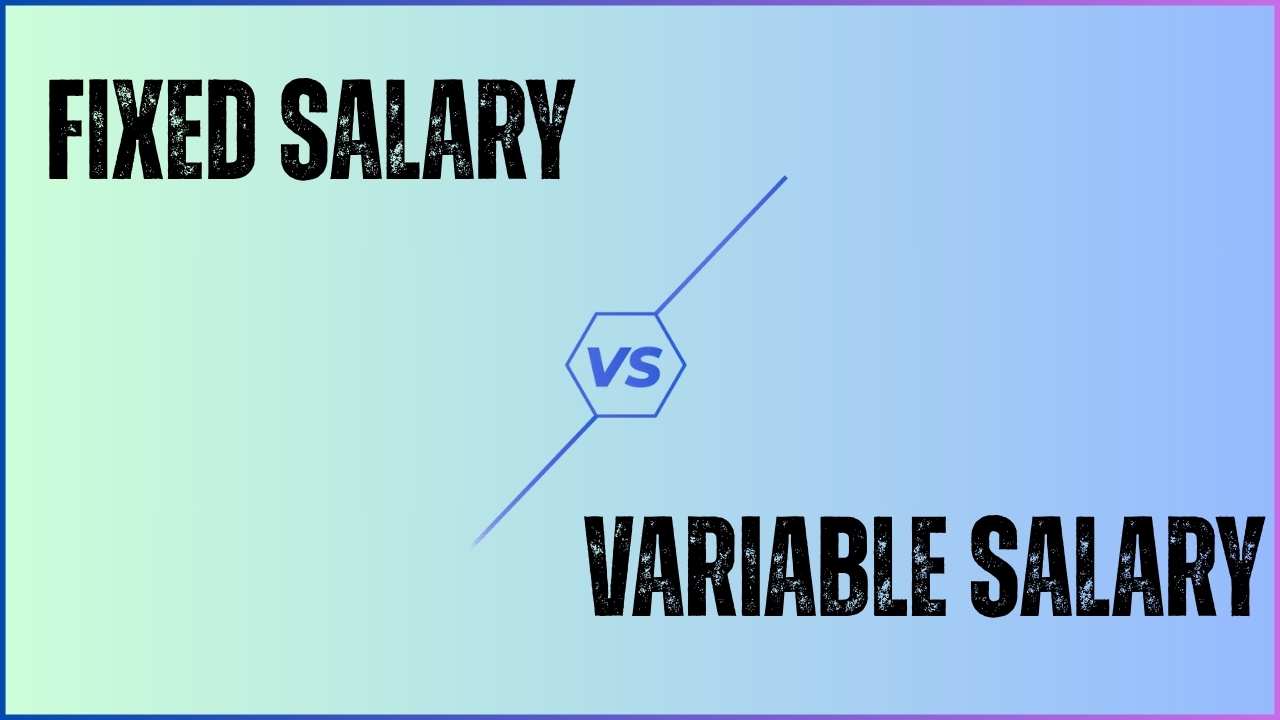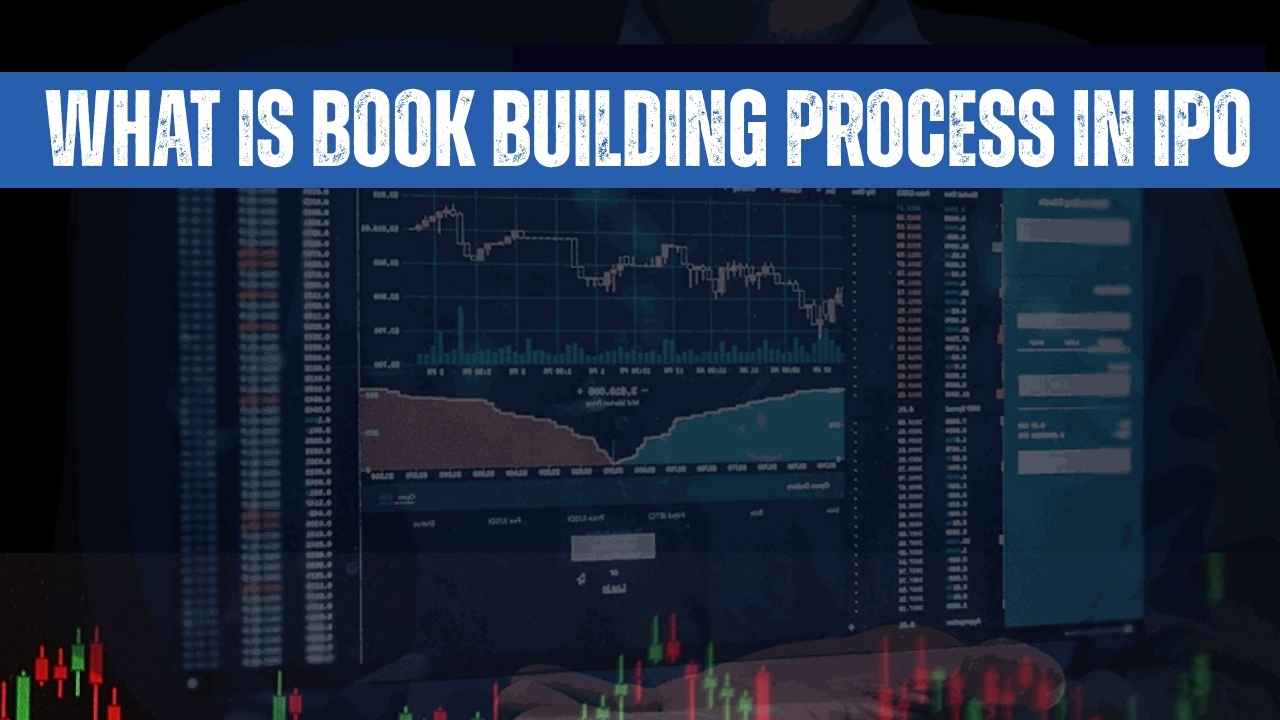The market for commodities provides a platform for the purchase and sale of essential commodities—such as grains, metals, and crude oil—using futures contracts. Although most traders settle their positions for cash prior to maturity of the contracts, some contracts demand physical delivery of the underlying commodity. In this article, we discuss what physical delivery is, why it exists, how it works, and what you should consider.
What Is Physical Delivery?
- Definition: Physical delivery is when, upon a futures contract’s expiry, the seller must hand over the actual, physical commodity (for example, wheat or crude oil) to the buyer.
- Contrast with Cash Settlement: Some contracts are cash‑settled, meaning traders simply pay or receive the price difference in cash rather than exchanging the physical good.
Example
- Trader A buys a cotton futures contract at ₹80 per kg, agreeing to take delivery on a set date.
- On expiry, if they choose physical delivery, Trader A actually picks up the cotton.
- If they prefer cash settlement, they just exchange money based on the final spot price (e.g., if cotton’s spot price is ₹85, Trader A pays the difference).
Why Physical Delivery Exists
- Meeting Real Demand: Businesses—like food processors or textile mills—need the actual commodity to run their operations.
- Price Lock‑In: Farmers and manufacturers can secure a set price in advance, protecting against future price swings.
- Discouraging Speculation: Because arranging storage and transport is costly and time‑consuming, physical delivery deters traders from excessive, purely speculative positions.
Commodities Eligible for Physical Delivery in India
- Exchanges: Check whether your platform (e.g., MCX or NCDEX) supports physical delivery.
- Commonly Delivered Commodities: While metals like gold and crude oil can be delivered, agricultural products—cotton, wheat, soybeans—often use physical delivery most.
The Physical Settlement Process
- Intention Matching
- Exchanges match buyers who want delivery with sellers willing to deliver.
- Delivery Center Selection
- A certified delivery point (warehouse or depot) is chosen.
- Quality Checks and Grading
- Inspectors verify that the commodity meets contract specifications (moisture level, purity, etc.).
- Logistics and Transportation
- The seller arranges shipment to the buyer’s location, following exchange rules and timelines.
Once delivered, the trade is fully settled: the buyer takes possession, and the seller receives payment.
Role of Clearing Corporations and Depositories
- Clearing Corporations: Act as intermediaries, ensuring both parties honor their obligations and reducing counterparty risk.
- Custodians/Depositories:
- Physical Custodians store goods and issue warehouse receipts.
- Digital Depositories maintain electronic records, making settlements smoother and more transparent.
Benefits of Physical Delivery
- Tangible Ownership: Buyers receive the actual commodity, satisfying real-world needs.
- Hedge Price Risk: Producers and consumers lock in prices for future delivery, avoiding sudden market swings.
- Market Integrity: The requirement to deliver or take delivery curbs pure speculation and promotes fair pricing.
Risks and Considerations
- Storage & Transport Costs
- Warehousing, insurance, and shipping can be expensive and logistically challenging.
- Quality Risk
- Commodities may degrade or vary in quality; thorough inspections are vital.
- High Capital Requirements
- You need sufficient funds for purchasing, storing, and moving large quantities.
- Time‑Consuming Process
- From matching intentions to final delivery, the process takes longer than simple cash settlements.
Conclusion
Physical delivery in commodity markets spans the paper world of futures contracts to the real world of commodities. To producers and end-users, it offers a key tool for securing supply and price. To speculators, it is additional costs and complexity, deterrent to infinite paper trading. Knowledge of this mechanism allows all market participants to maneuver the commodities marketplace with confidence and clarity.
Disclaimer:
The information presented in this article is for general informational purposes only. It does not constitute financial, investment, or professional advice. Commodity prices and market conditions can change rapidly; before making any investment or trading decisions, you should conduct your own due diligence and consult with a qualified financial advisor or other professional. The author and publisher assume no responsibility for losses or damages resulting from any actions taken based on the content of this post.












Increíble.